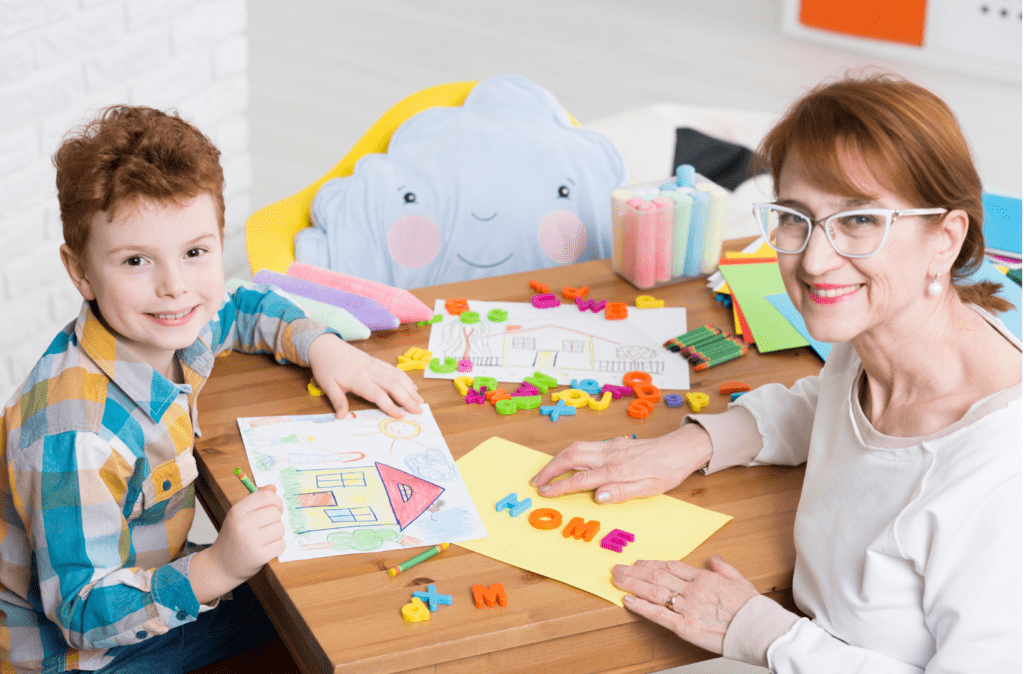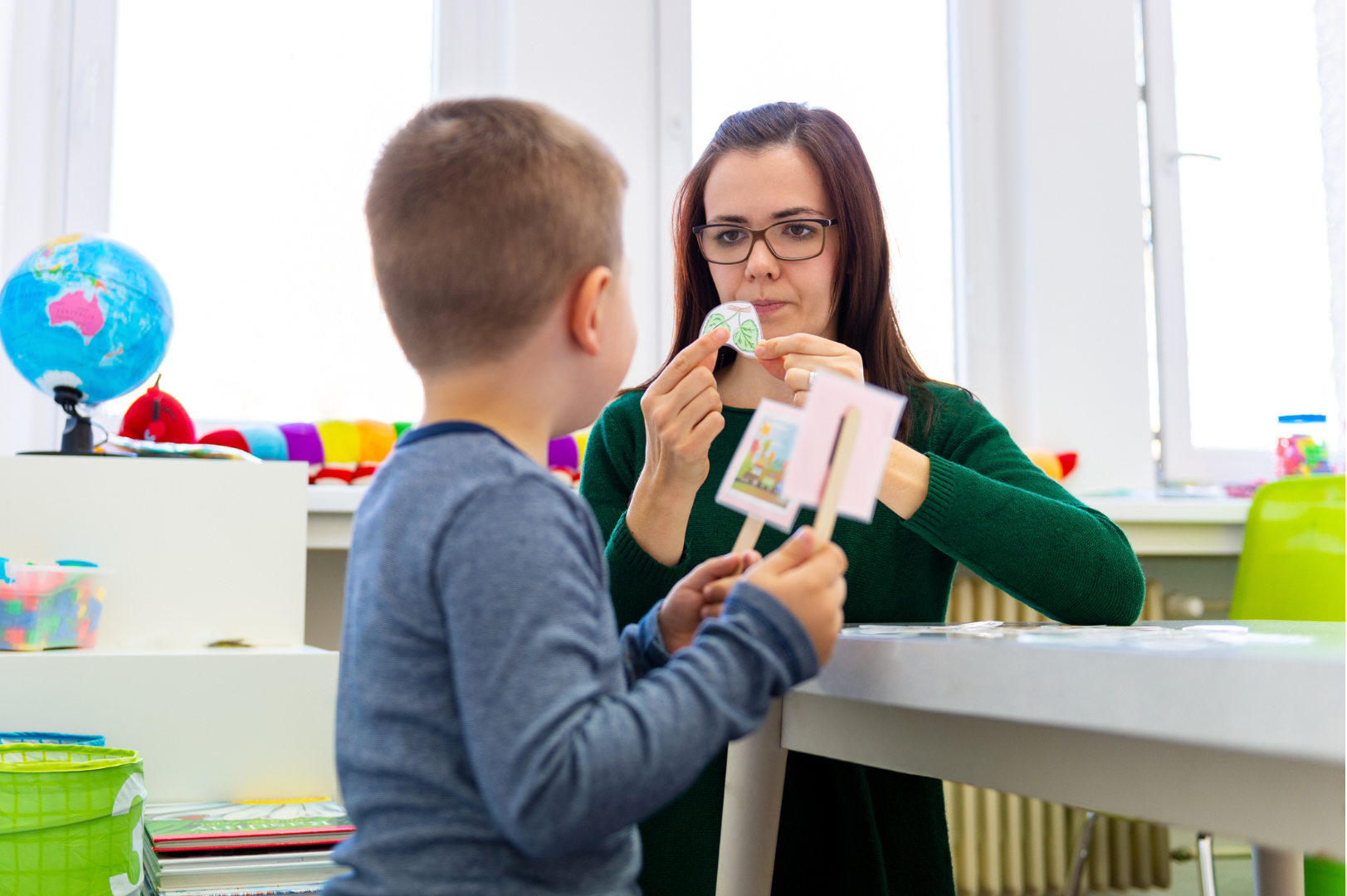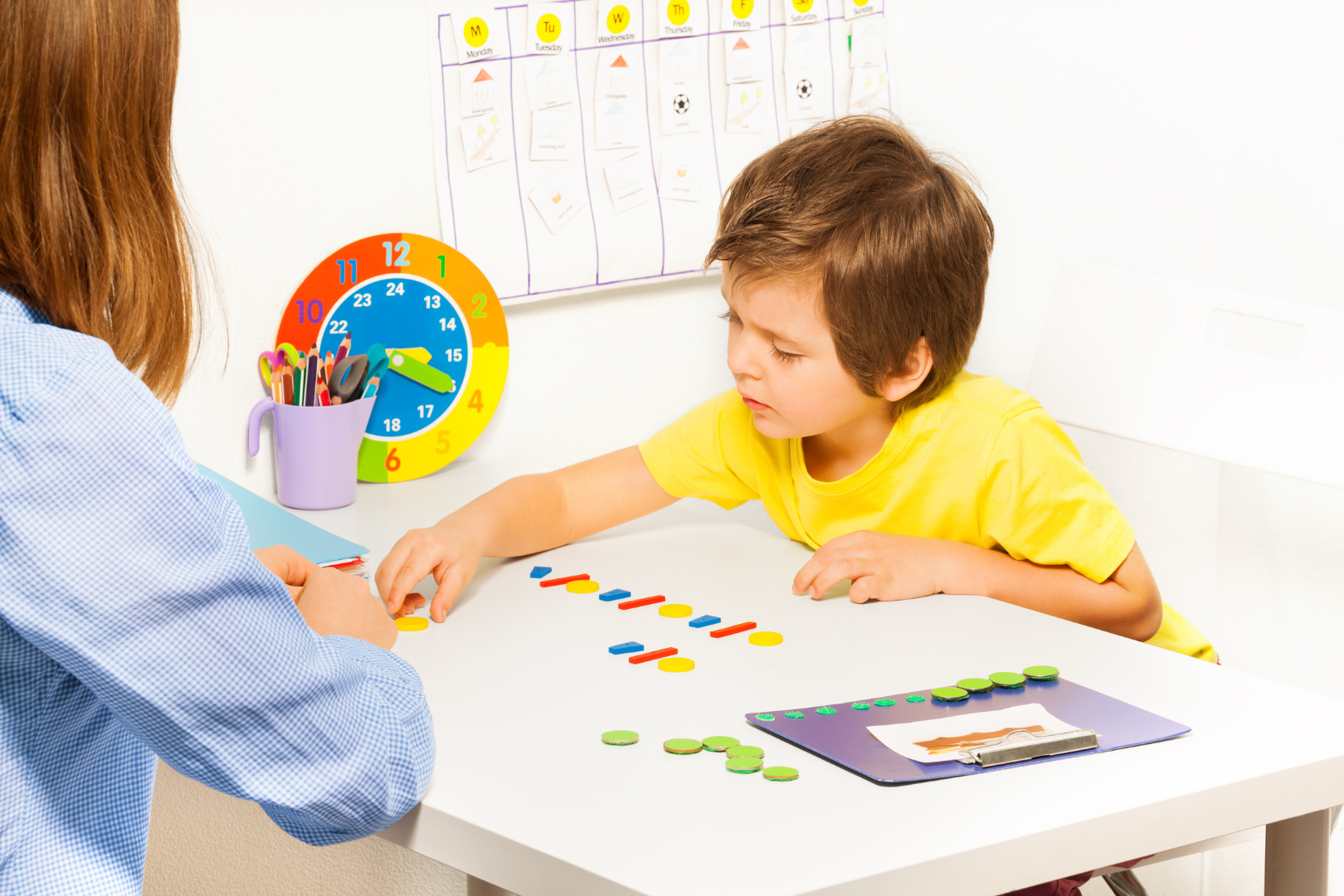8 Effective Ways to Support Children with Autism Transition

Transitioning from one activity to another can be a challenging endeavour for any child, but for children with autism, it often poses unique difficulties. The intricate nature of their sensory processing and communication styles can make transitions overwhelming, leading to anxiety and meltdowns. As caregivers, educators, and advocates, it is essential to employ strategies that foster a supportive environment for these children during transitions. In this comprehensive guide, we will explore effective ways to help children with autism smoothly navigate changes in routine and activities.

1. Understanding the Challenges
To effectively assist children with autism during transitions, it is crucial to comprehend the challenges they face. Individuals on the autism spectrum often exhibit a preference for routine and predictability. Unexpected changes can be disorienting and anxiety-inducing, triggering sensory sensitivities and communication difficulties. Recognizing these challenges lays the foundation for developing tailored strategies that cater to the unique needs of each child.
2. Establishing Predictability
One key strategy in easing transitions for children with autism is to establish predictability in their daily routines. A well-structured schedule with clearly defined activities provides a sense of security and allows children to anticipate what comes next. Visual schedules, in the form of charts or pictures, can be particularly effective in conveying information in a comprehensible way. These visual aids serve as a roadmap, guiding the child through the sequence of activities and minimizing uncertainty.
3. Utilizing Countdowns and Timers
Introducing countdowns and timers can serve as effective tools in preparing children for transitions. Providing a visual or auditory countdown signals the impending change, allowing the child to mentally prepare. Timers, whether digital or analog, can be set to indicate the remaining time for an activity. This not only facilitates a smoother transition but also aids in teaching the concept of time, an abstract concept that some children with autism find challenging to grasp.
4. Offering Choices and Autonomy
Empowering children with autism by offering choices within the transition process can be a powerful motivator. Providing options allows them to exert a degree of control, fostering a sense of autonomy. For instance, allowing a child to choose between two preferred activities can make the transition more appealing and reduce resistance. The key is to strike a balance between maintaining structure and flexibility, ensuring that choices are within the boundaries of the planned routine.

5. Creating Transition Rituals
Establishing transition rituals can be an effective way to signal upcoming changes and provide a sense of continuity. These rituals can be personalized to suit the child’s preferences and may involve simple activities such as a transition song, a specific hand signal, or a designated object. Consistency in these rituals helps the child associate them with the impending change, making transitions more predictable and less anxiety-provoking.
6. Promoting Sensory Comfort and Support
Sensory sensitivities are common among individuals with autism, and transitions can exacerbate these sensitivities. Creating a sensory-friendly environment can significantly contribute to a smoother transition. Consider factors such as lighting, noise levels, and tactile sensations. Providing sensory tools, such as fidget toys or weighted blankets, can offer comfort and help regulate sensory input during transitions.
7. Effective Support in Communication Strategies
Clear and concise communication is paramount when assisting children with autism during transitions. Using visual cues, gestures, and simple language enhances understanding. Social stories, which are personalized narratives describing a specific situation or activity, can be particularly beneficial in preparing children for transitions by providing a visual and contextual framework.
8. Collaboration and Consistency
Successful transition strategies for children with autism require collaboration among caregivers, educators, and other stakeholders. Maintaining consistency across environments, such as home and school, ensures that the child encounters a similar approach to transitions, reinforcing the predictability they rely on. Regular communication among the support network is essential to share insights and adapt strategies based on the child’s evolving needs.

Supporting children with autism during transitions demands patience, empathy, and a commitment to understanding their unique perspectives. By incorporating predictability, visual aids, sensory considerations, and effective communication, caregivers and educators can create an environment that fosters successful transitions. Recognizing the individuality of each child and tailoring strategies to their specific needs lays the groundwork for a smoother journey through the intricate landscape of change, empowering children with autism to navigate transitions with confidence and resilience.
If you are interested in speech therapy services, please contact us: Therapy Services – Speech Improvement Center
If you are interested in speech therapy careers, please contact us: Employment Opportunities – Speech Improvement Center
Check our locations here: Locations – Speech Improvement Center